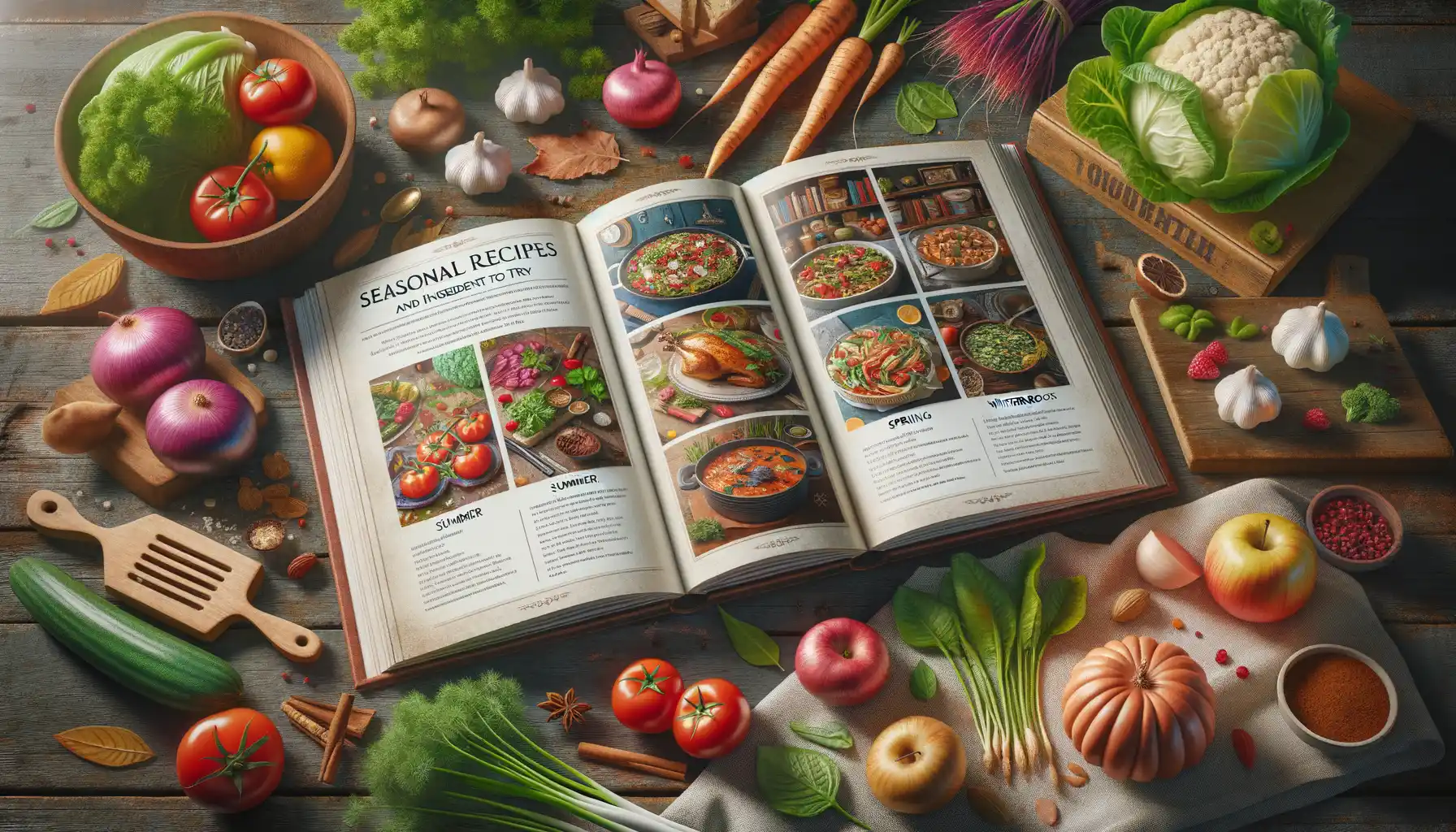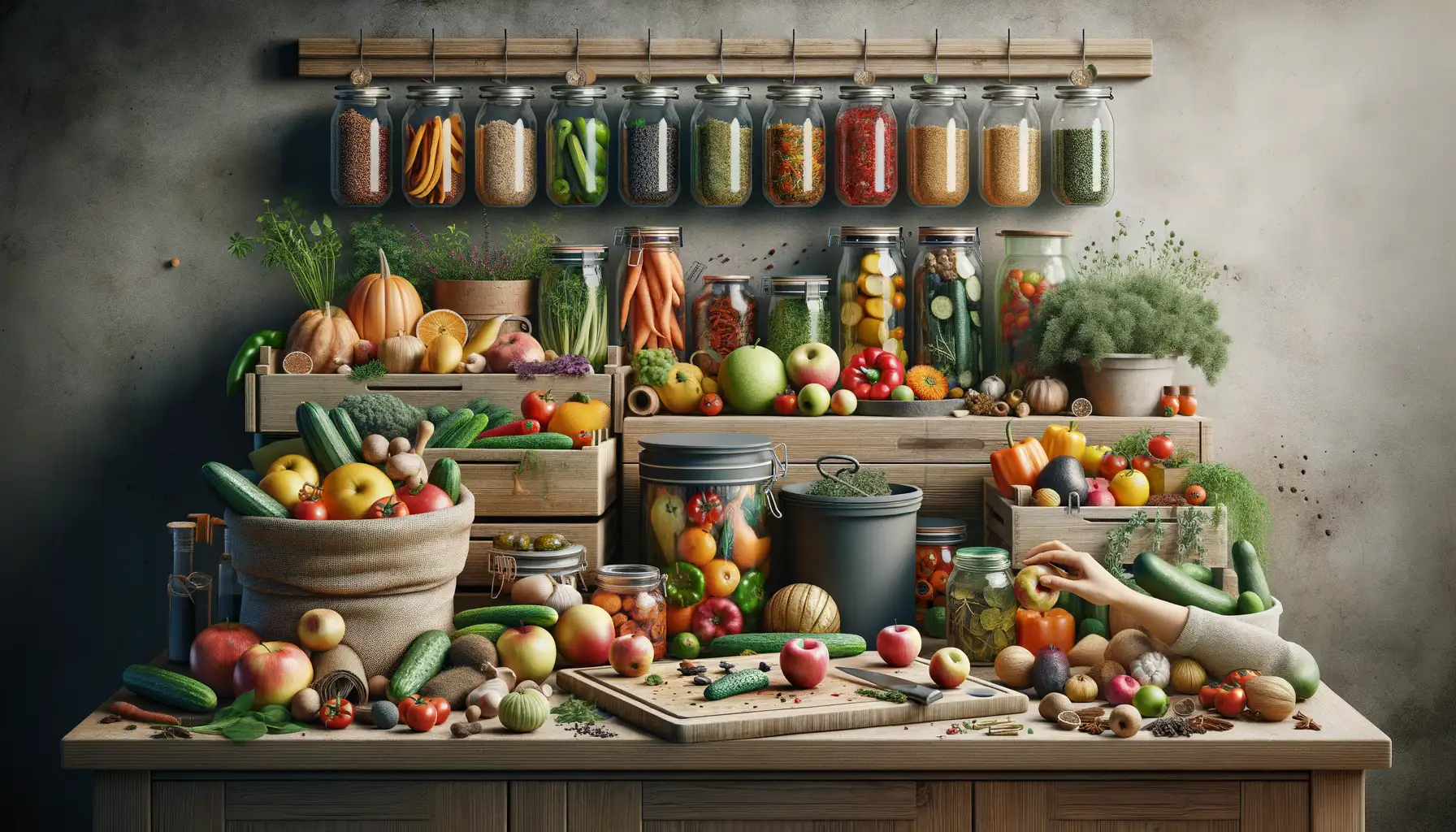Benefits of Seasonal Meal Prepping
Why Seasonal Meal Prepping Feels Like a Warm Hug from Nature
Imagine biting into a juicy strawberry, its sweetness a perfect companion to a summer day. Now picture savoring a hearty butternut squash soup as the crisp autumn air sets in. That’s the beauty of seasonal meal prepping—aligning your meals with nature’s rhythm feels like reconnecting with an old friend.
When you center your cooking around what’s in season, you’re indulging in ingredients that are fresher, more flavorful, and packed with nutrients at their peak. No sad, out-of-season tomato can compare! Plus, there’s an environmental win here too: eating what’s grown locally reduces the carbon footprint tied to shipping food halfway around the globe. It’s like gifting yourself health *and* giving the planet a kiss on the cheek.
- Save money: Seasonal produce costs less because it’s abundant—think spring’s asparagus or late summer’s zucchini.
- Tap into inspiration: How about zesty citrus dishes in winter or grilled, golden corn salads during sunny days?
- Stay curious: Seasonal change nudges you to try new recipes and explore what your farmer’s market has to offer.
It’s not just meal prep; it’s a life philosophy. A way to eat with the seasons, savor every bite, and truly enjoy food at its most vibrant.
Understanding Nature’s Calendar for Meal Planning

The Rhythms of the Seasons: A Guide to Eating in Sync
Have you ever noticed how nature seems to whisper meal ideas into your ear? The vibrant greens of spring, juicy berries in summer, and the earthy squashes of autumn aren’t just a coincidence—they’re **seasonal gifts** designed for our tables. Understanding this rhythm helps you curate meals that not only taste better but also feel more meaningful.
Think of it this way: when sweet strawberries reach their peak in June, they remind us it’s the season for light desserts and refreshing smoothies. Or when hearty root vegetables like carrots or parsnips appear in winter markets, it’s as if nature is saying, “It’s stew time!” These clues are everywhere. Listening to them connects us to the planet and reminds us we’re part of a bigger picture.
- Spring: Tender greens, asparagus, and peas bring freshness.
- Summer: Tomatoes, zucchini, and stone fruits burst with flavor.
- Fall: Apples, pumpkins, and mushrooms offer warm, rich tones.
- Winter: Cabbage, leeks, and citrus fruits thrive in the chill.
Cooking this way isn’t just practical—it’s poetic. A way to slow down and savor time, one delicious bite at a time.
Essential Tips for Seasonal Meal Preparation

Turn Your Kitchen Into a Celebration of the Seasons
Seasonal meal preparation isn’t just cooking—it’s an art form that connects you to nature’s rhythm. To make the most of each season, start by exploring local markets. Picture this: vivid orange squash in fall, crisp green asparagus in spring, and ruby-red tomatoes in summer. When you shop seasonally, you’re not just grabbing ingredients; you’re embracing stories of soil, sun, and rain.
Here’s a standout tip: keep your pantry adaptable. Stock staples like grains, beans, and spices, so your seasonal finds can shine without extra stress. Imagine combining winter’s sweet parsnips with nutty quinoa or tossing juicy summer peaches into a rocket salad—it’s both effortless and extraordinary.
- Batch-cook soups or curries in cooler months for cozy grab-and-heat meals.
- Experiment with salads or chilled gazpacho when it’s sweltering outside.
Unleash Creativity With Seasonal Swaps
Think beyond recipes as written. Don’t have kale? Try chard. Out of apples? Sub in pears. Seasonal prepping thrives on flexibility and discovery. For instance, that forgotten zucchini in July could become fritters, not compost. And hey, don’t underestimate herbs—they’re the confetti of any dish! Sprinkle fresh cilantro in summer or dried sage in winter to transform the flavor game.
Seasonal Recipes and Ingredients to Try

Fresh Picks for Every Season
Imagine biting into a juicy, ruby-red strawberry in late spring or savoring the vibrant crunch of roasted butternut squash on a crisp autumn evening. That’s the magic of eating with the seasons—it’s like nature’s way of serving up the best flavors at just the right time!
Spring calls for delicate greens and light, refreshing dishes. Think peppery arugula, tender asparagus, and bright, zesty lemons—perfect for a quick sauté or tossed in a citrusy salad. Once summer rolls around, it’s all about sun-soaked tomatoes so sweet you’d swear they were candy, along with sweet corn, peaches, and endless grilling possibilities.
- Fall favorites: Apples, hearty pumpkins, and golden-hued sweet potatoes just beg to be roasted or blended into cozy soups.
- Winter wonders: Earthy parsnips, Brussels sprouts, and ruby pomegranates bring comfort to cold nights with their deep flavors and versatility.
Unexpected Combinations You’ll Love
Seasonal cooking doesn’t mean boring. Pair those crisp fall pears with creamy blue cheese and a drizzle of honey for an appetizer that feels gourmet. Or turn summer’s zucchini into velvety noodles topped with fresh basil pesto. When you embrace from-the-earth ingredients, your kitchen becomes a playground for culinary creativity.
Sustainable Practices for Seasonal Cooking

Cooking That Respects Both Flavor and Planet
Imagine biting into a ripe, juicy tomato picked at the peak of summer. Now compare that to the bland one you might get in the middle of winter. See the difference? Seasonal cooking isn’t just about taste; it’s a love letter to both nature and your palate. But here’s the twist—making it sustainable takes things up a notch.
For starters, embrace local farmers’ markets or community-supported agriculture (CSA) programs. Why? Because you’re supporting nearby growers, cutting down on emissions from long-haul shipping, and getting produce that’s fresher than anything that spent weeks on a truck.
Want an instant eco-win? Rethink food storage. Freeze surplus seasonal goodies like berries or corn for later months when they’re not in season. And let’s talk scraps: what you’re tossing could be tomorrow’s soup stock or garden compost.
- Choose reusable beeswax wraps over cling film.
- Repurpose glass jars for storing grains, spices, or even your homemade sauces.
- Turn peels into homemade vegetable broth—yes, it’s that easy!
Making thoughtful choices isn’t just good for the environment—it flavors your culinary life with creativity and purpose.